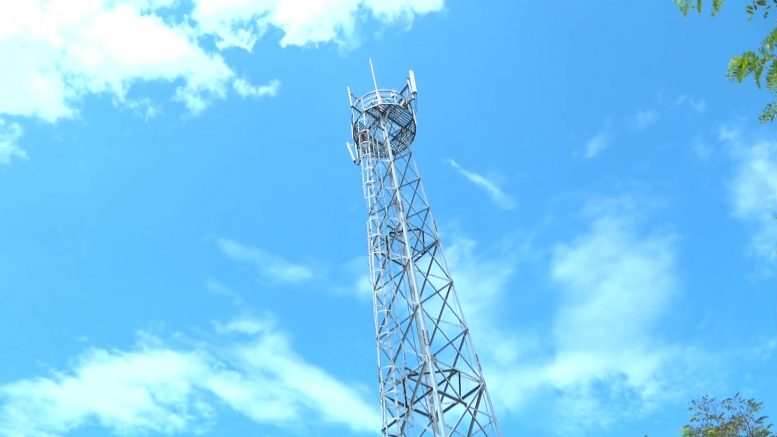The Daily NK reported this week that said North Korea is planning to install a 5G wireless network along its northern border with China. The network will link security cameras and aid the authorities in their monitoring of the border.
The information comes from an unnamed source in the country, who said that installation of the camera network has already begun. “North Korean authorities installed new surveillance cameras near the Yalu River in Sinuiju last month,” it said, adding the cameras were installed every 100 meters.
We’ve seen a steady build-up of security along the northern border in the last few months. Reports from inside the country — many from Daily NK — have spoken of Kim Jong Un’s desire to strengthen border control to clamp down on illegal border crossings and smuggling and satellite imagery of the region backs this up. A second border fence is already visible along long stretches of the border.
So the addition of security cameras isn’t a surprise. But is the network based on 5G wireless technology?
Wired vs Wireless
Using wireless network simplifies installation as cameras just need to be installed, switched on and they should be immediately available. Wired cameras require cabling running to each camera along the length of the border network, which takes more time and requires the cable. But a wired network has some advantages: it’s more secure, supports faster data speeds and is less likely to suffer from jamming or interference.
If North Korea went the wireless route, its existing commercial cellular network isn’t up to the job. It’s based on 3G technology that’s over a decade old and can transmit data at a few hundred kilobits per second — about a tenth that of the speed needed for a high-definition video signal.
So it would have needed to buy new equipment.
The Daily NK report said that North Korean began acquiring 5G equipment in 2019 when China was building a 5G network along the border. That matches up with the timeline of the commercial 5G roll-out in China, but also catapults North Korea from lagging to cutting-edge wireless technology.
If North Korea jumped to 5G for the border network, it was a significant investment unless it received a discount from the Chinese government. Two of the world’s largest 5G network equipment makers, Huawei and ZTE, are Chinese companies.
Daily NK said the cameras can be monitored in Pyongyang. That almost certainly relies on the wireless signal being received locally in Sinuiju and transmitted to the capital on the country’s nationwide fiber-optic network. I suspect a local monitoring station keeps watch on the border and the link to Pyongyang allows officials there to drop in and monitor cameras when required.
Digital monitoring
If you’re a North Korean trying to make it across the border to China, the technology connecting up the cameras doesn’t matter as much as the existence of the cameras. Security cameras can keep watch 24 hours a day and if they’re tied to digital monitoring systems — as they almost certainly area — they will automatically alert when a person is detected.
Escapees, traders and brokers can bride security guards but not the cameras which will alert and record movement along the border to the permanent record. And even if a camera operator looks the other way, the remote link to Pyongyang means they can never be sure if someone else is monitoring the footage and their actions.
Their appearance is another worrying sign that border control is getting much stricter


You’d still have to run wires to the cameras if you don’t want to change batteries several times a day…
Oh, and I think there’s little typo in the second to last paragraph (‘bride’ for ‘bribe’).
Unless North Korea plans to use solar panels and rechargeable batteries… They’ve used solar power before. https://www.northkoreatech.org/2015/03/14/state-media-shows-off-solar-and-wind-power-plant/